Claude Monet, most famous of the French Impressionist painters, was also one of France’s most committed gardeners. He spent half his 86 years developing his extensive gardens at Giverny, and they are the subject of hundreds of his paintings over those years, including the famed Water Lilies series.
Today, restored after post-World War II neglect, they are a popular day-trip destination for visitors to Paris. Monet planted such a diversity of flowering plants and trees that mature over the months that whenever you visit, it will be a different experience. My visits to Giverny have all been in the summer, but I’ve included some pictures of other seasons here. The website of the Fondation Claude Monet, which manages the house and gardens, even has a calendar of what's in bloom when.
By 1883, when Monet first bought a house and land at Giverny, he was a well-established and successful painter and was ready to establish a permanent home for his family. And, following the Impressionists’ practice of painting outdoors, en plein air, he created his own outdoors, working on it for the rest of his life, and complaining at points that “all my money goes into my garden.” The result is almost as if he had been painting with flowers. For all the work that went into it, it is by no means a formal garden—Monet was looking for color and variety, not for order.
Actually, there are two gardens. The first, called the Clos Normand, or Norman Close, is the flower garden. After ten years, he was able to buy a neighboring property, across the railroad tracks and along a small stream that’s a tributary of a tributary of the Seine. Here he developed the Water Garden, with many features drawn from the Japanese prints he had begun to collect, including the famous green wooden Japanese bridge that appears in many of his paintings. It spans a pond which is the home of the water lilies.
At Monet’s death in 1926, the property was inherited by his son Michel, who chose not to live there; the house was occupied by the painter Blanche Hoschede Monet, daughter of Monet’s second wife, and widow of his son Claude. Some believe she worked with him on the large Water Lilies series. She lived there and painted in the gardens until her death in 1947, although in the last years, not in the house, which had been damaged by nearby wartime bombing. After his death, the gardens were neglected, and the pond silted up. As the picture below reminds us, gardens are not nature, and constant maintenance is needed.
At his death in 1966, Michel Monet left his collection of his father’s paintings to the Marmottan Museum (now known as the Marmottan-Monet) in Paris, and the Giverny estate to the Academie des Beaux Arts. Under its direction a curator was appointed; he worked with gardeners, including some who had worked with Monet, to plan the restoration. The pond was dug again; the Clos Normand was returned to its original ground level, the Japanese bridge was rebuilt by local carpenters and the house itself was restored. The adjoining studio, built large enough for the huge Water Lilies canvases, became office and a gift shop. Giverny opened to the public in September 1980.
The house and gardens, now operated by the Fondation Claude Monet, are open from April through October each year. Its website is a wealth of information for visitors, including many pictures.
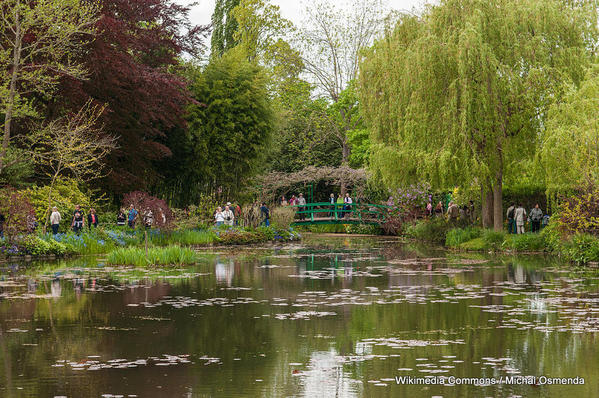
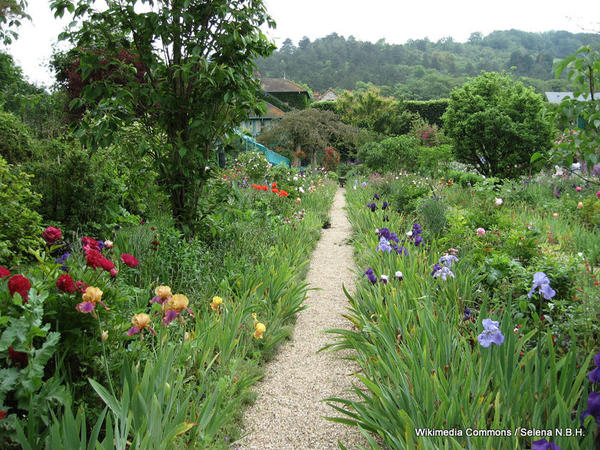 Visiting Giverny is easy. There are many daytrips via bus from Paris, and it is not a difficult drive (about 70 km northwest of Paris. But my favorite is the train from Gare St. Lazare, the station often painted by Monet early in his career. The trip takes 45 minutes to an hour; tickets are €14.30. The train goes to Vernon, a picturesque town on the Seine, with interesting medieval buildings near the station, and an outstanding 12th century Gothic church. A bus direct to Giverny leaves just after the arrival of each train, but the distance is only 5 km, so we like to walk at least one way. There are also bicycles to rent at the station.
Visiting Giverny is easy. There are many daytrips via bus from Paris, and it is not a difficult drive (about 70 km northwest of Paris. But my favorite is the train from Gare St. Lazare, the station often painted by Monet early in his career. The trip takes 45 minutes to an hour; tickets are €14.30. The train goes to Vernon, a picturesque town on the Seine, with interesting medieval buildings near the station, and an outstanding 12th century Gothic church. A bus direct to Giverny leaves just after the arrival of each train, but the distance is only 5 km, so we like to walk at least one way. There are also bicycles to rent at the station.
If you decide to walk, you’ll cross the river on a modern bridge that gives a view of an old mill built on the remains of a much older bridge; at one time, there were six mills on the bridge! On the other side, there’s a walking path laid out on the right-of-way of an abandoned railroad; it’s the one that divided Monet’s two properties, and it leads directly to the estate.
A street in Giverny
Giverny itself is a small town with several restaurants and cafes and a B&B or two—and another museum, the Museum of Impressionisms. That’s right…plural. It explores the work of both artists contemporary with the better-known Impressionists and some of those who followed them. It’s a worthwhile stop…and has a pleasant and inexpensive cafÉ.
And a last bit of fun with pictures (and there are more in the slideshow below!) This picture is an assembly made from the picture below it...

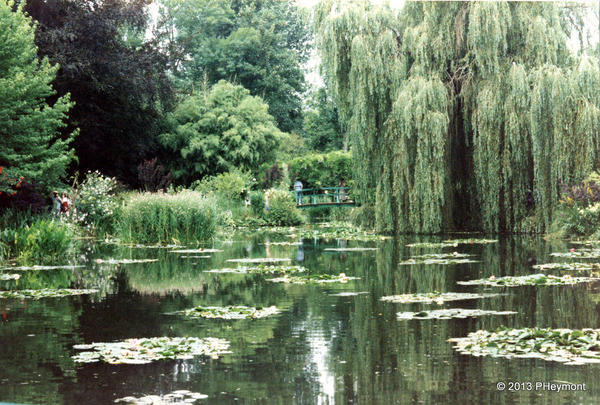
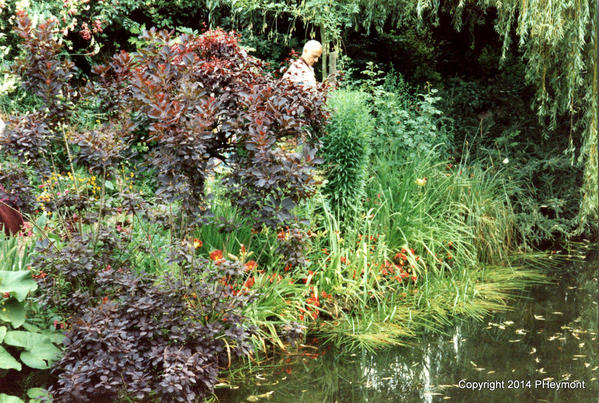
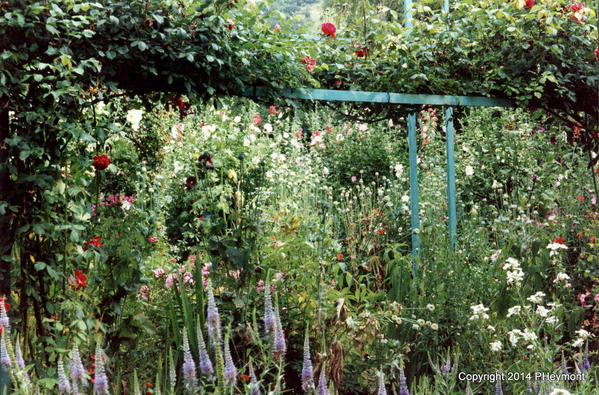
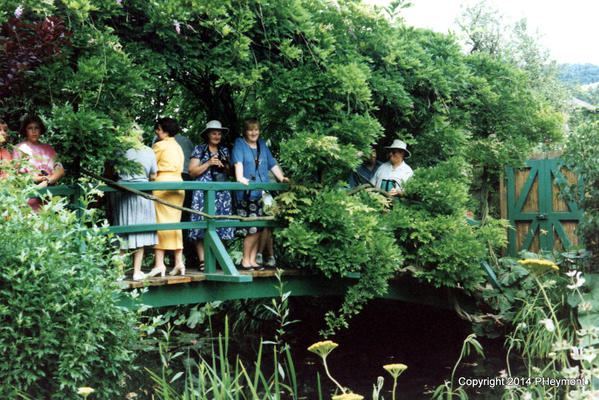
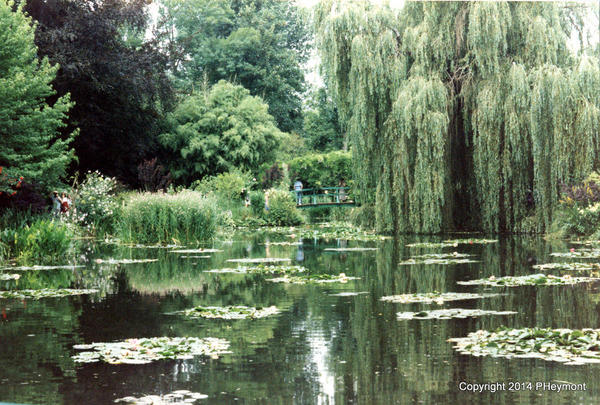
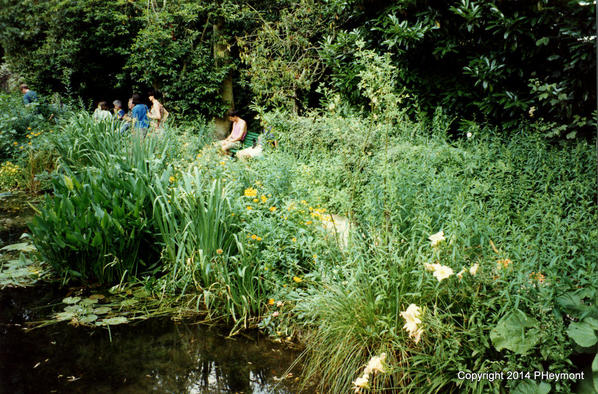
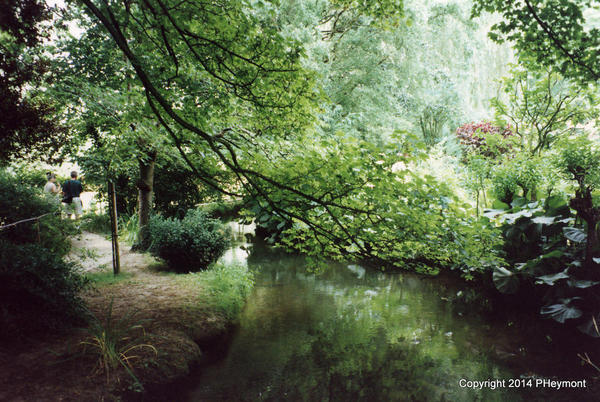
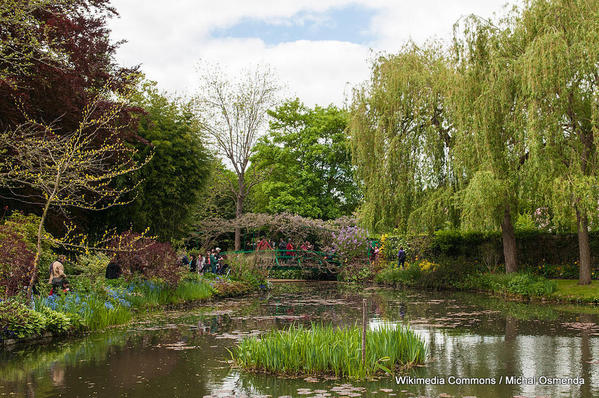

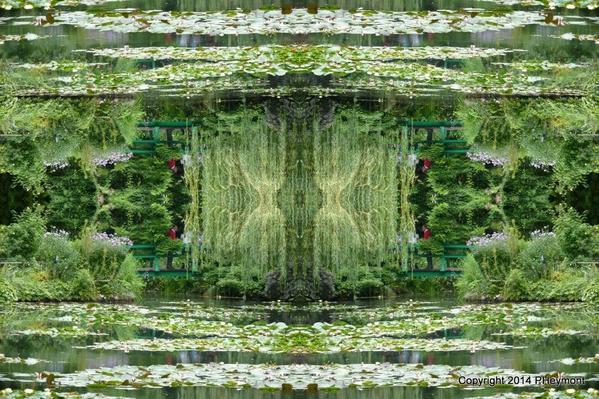

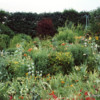



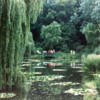




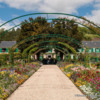

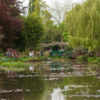

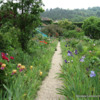

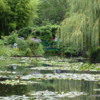

Comments (1)